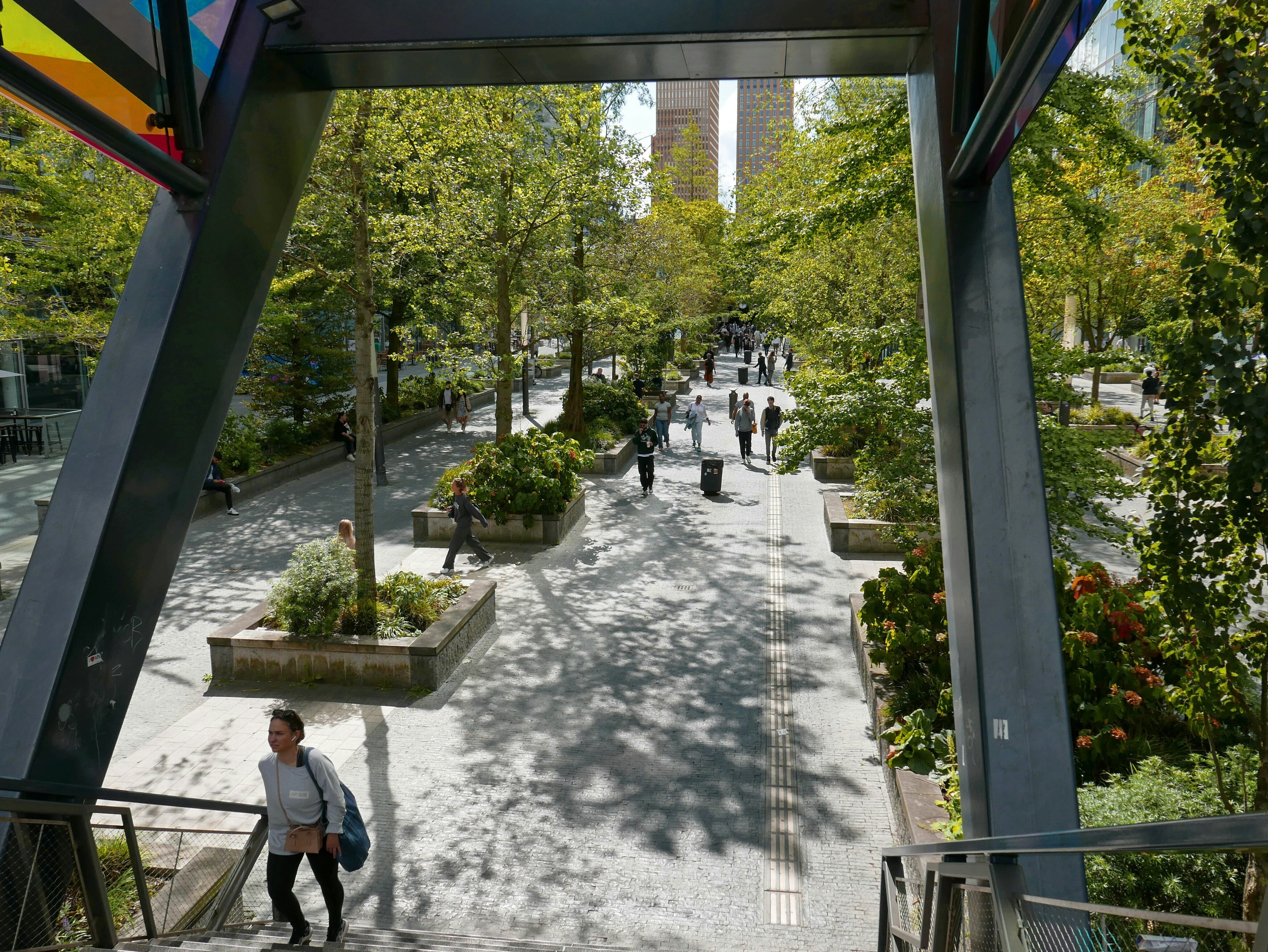Climate change: 3 natural wonders that could disappear

The Great Barrier Reef has lost more than half of its coral populations over the past 30 years.
Image: UNSPLASH/Chad Taylor
Stay up to date:
Climate Indicators
- Climate change is threatening some of the planet’s greatest natural wonders.
- Intense wildfires are destroying centuries-old giant Sequoia trees.
- Coral reefs are being bleached out of existence.
- And glaciers are melting at an alarming rate.
Snorkeling on the Great Barrier Reef often appears on travelers' bucket lists.
But like many other natural wonders of the world, climate change is having a big impact on the famous coral reef.
Here’s how the climate crisis is threatening some of Earth’s most beautiful sights.
Wildfires are destroying California’s Sequoia trees
The giant sequoias that dominate the western slopes of the Sierra Nevada mountains in California are some of the tallest trees in the world - their massive trunks can reach more than 90 metres tall.
Like many tree species, Sequoias rely on forest fires to help open their cones to disperse seeds and clear undergrowth to give seedlings root space and sunlight. Thick bark at ground level and canopies that soar high above the flames help protect these natural skyscrapers from flame damage.
But climate change is making forest fires more intense and more frequent, which combines with hotter temperatures and droughts to put these age-old giants under threat.
Unprecedented destruction in recent years has seen large areas of trees - some thousands of years old - burned by out-of-control wildfires. Two-thirds of all giant sequoia grove acreage across the Sierra Nevada has burned in wildfires between 2015 and 2020, compared with one-quarter in the century beforehand, according to the US National Park Service.
But local volunteers are working to protect the trees. Visitors to the area will note the new seedlings planted to replace some of those lost to wildfire, although it could take thousands of years for them to fully mature. Irrigation water pipes have been installed by volunteers to irrigate the seedlings and help them grow and resist bigger and more intense fires to come.
Australia’s Great Barrier Reef is being bleached out of existence
Sitting off the east coast of Australia, the Great Barrier Reef is among many reef ecosystems around the world under threat from warming ocean waters. Reefs only cover 0.2% of ocean floors, but are havens of ocean biodiversity that support a quarter of marine wildlife populations.
Survey comparisons taken in 1978 and 2019 show coral reefs around the world are in decline. The largest coral populations in South Asia have seen a more than 20% decline over this period.
Corals work in partnership with algaes, which provide the coral with nutrients and colour. But warming ocean waters due to climate change causes bleaching, where corals expel algae leaving them exposed to disease and death.
The Great Barrier Reef is the largest coral reef system in the world but has lost more than half of its coral populations over the past 30 years, according to a study published in the journal Proceedings of the Royal Society B.
The reef’s corals support 1,500 species of fish, 400 types of coral and thousands of other plants and animal species, and their loss has a major impact on marine life.
The glaciers in America’s Glacier National Park are melting
The peaks of the Glacier National Park (GNP) were carved by valley glaciers dating back 12,000 years. Sights like Old Sun Glacier perched on the side of Mount Merrit continue to amaze visitors to the area, but also serve an ecological role as a source of cold meltwater during dry late summer months.

But all glaciers in GNP are reducing in size and are predicted to disappear completely by 2100, according to the US Geological Survey. At the peak of the Little Ice Age that began around 1400 AD, there were around 80 glaciers greater than 0.1km2 in GNP, which reached their maximum size around 1850. In the 150 years that followed, satellite imagery showed 32 same-sized glaciers remained - an almost 60% reduction.
The repeat photography above, for example, shows Grinnell Glacier’s dramatic loss over the past century.
Visiting sustainably
While individual visitors can’t turn the tide on climate change, there are steps everyone can take to visit places more sustainably.
A study of 18 national parks show that visitors’ cars produce 75% of park greenhouse gas emissions. The National Park Service advises Glacier National Park’s three-million-plus annual visitors to switch off their vehicle engines instead of leaving engines idling, or in their own words “turn the key - be idle free”.
What’s the World Economic Forum doing about climate change?
The Sequoia and Kings Canyon National Parks advise visitors not to feed the animals, keep to set trails and walkways to avoid damaging forest ecosystems and to take away litter - but nothing else (that you didn’t buy or bring with you).
Similarly, when visiting the Great Barrier Reef, some sound advice from Tourism Australia for divers and snorkelers is to “take only pictures, leave only bubbles”.
Accept our marketing cookies to access this content.
These cookies are currently disabled in your browser.
Don't miss any update on this topic
Create a free account and access your personalized content collection with our latest publications and analyses.
License and Republishing
World Economic Forum articles may be republished in accordance with the Creative Commons Attribution-NonCommercial-NoDerivatives 4.0 International Public License, and in accordance with our Terms of Use.
The views expressed in this article are those of the author alone and not the World Economic Forum.
Related topics:
Forum Stories newsletter
Bringing you weekly curated insights and analysis on the global issues that matter.
More on Climate ActionSee all
Sarah Franklin and Lindsey Prowse
April 22, 2025
Jeff Merritt
April 22, 2025
Elizabeth Mills
April 17, 2025
Tom Crowfoot
April 17, 2025
Will Hicks and Louise Thomas
April 16, 2025









